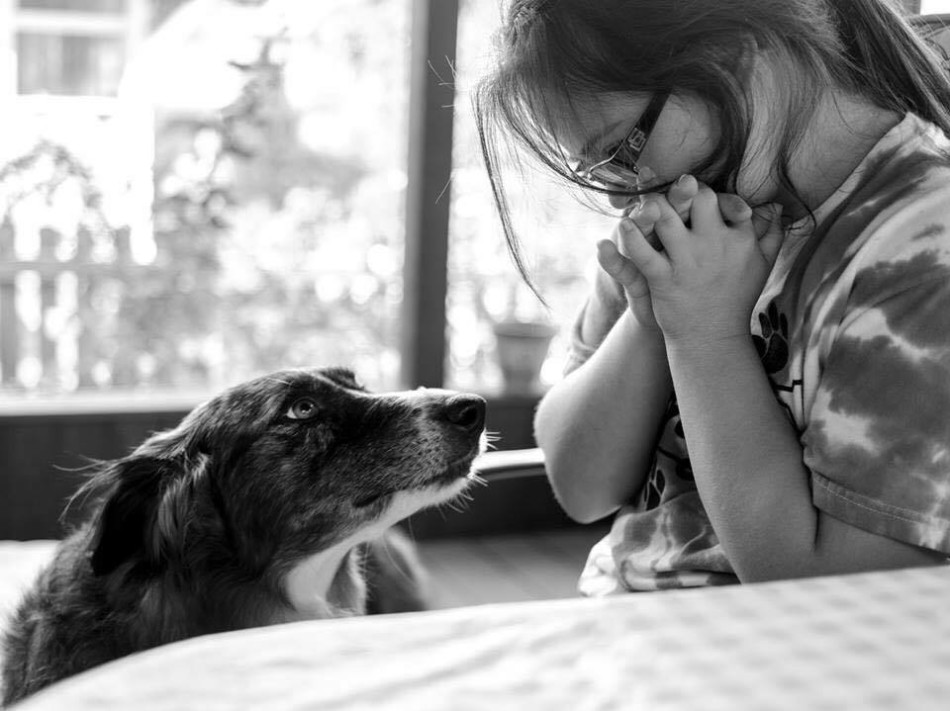Rachel’s sophomore year seems to be off to a great start. We have a capable case manager. Again, Rachel seems to have a really good teaching team. She takes great pride in her role as the sophomore girl’s volleyball manager.
She has been working hard and has done well on most of her tests and work. We read Fahrenheit 451 this summer. She is reading it again with her class. She was telling me today why Montag is her favorite character. Her geography teacher let me know that she aced the chapter test yesterday and even got the extra credit question that wasn’t on her study guide. She studied a lot for that test. The terms were difficult for her. She took great pride in telling us that the other students were impressed when she knew what glacier was during a game.
She seems happy. My friend Sheila says that’s what is important. I have always said I want Rachel to love Jesus, be happy and have good self-esteem. I can assure you that every year does not start so smoothly. Oh in Rachel’s eyes every year starts great. However, without going into too much detail, I can tell you that most years part of me dreads school starting because there are usually lots of behind the scenes train wrecks to manage. It’s exhausting. Not so this year. I’m counting my blessings.
Others are not as fortunate. The past few weeks my conversations (live, text, phone, email and social media conversations) are sprinkled with moms wanting support and answers and needing to vent about issues related to school and trouble in the land of inclusion. More specifically issues related to their child with Down syndrome being included in the general education classroom. Most years a common theme occurs. This year’s common thread seems to be related to modifications and/or accommodations in the general education classroom. Sounds kind of like this, “The teacher said she/he doesn’t know how to modify the curriculum so would you mind if we send Sally to the resource from for that class?” “We thought Timmy could go to the SPED room first thing in the morning until we get the other children settled.” I’ve heard any number of versions of this applied in multiple settings, a variety of grade levels and in different communities. Some after only a couple of days in school.
IDEA was passed 40 years ago. It specifically says “to the maximum extent appropriate, children with disabilities are educated with children who are not disabled, and that special classes, separate schooling, or other removal of children with disabilities from the regular educational environment occurs only when the nature or severity of the disability is such that education in regular classes with the use of supplementary aids and services cannot be achieved satisfactorily.”
Then, there’s this thing called research.
On the Wrightslaw website, I found this great piece with a lot of information about research as it relates to inclusion verses pull-out, specialized settings, and segregated education. Here are a few samples:
There is a strong research base to support the education of children with disabilities alongside their non-disabled peers. Although separate classes, with lower student to teacher ratios, controlled environments, and specially trained staff would seem to offer benefits to a child with a disability, research fails to demonstrate the effectiveness of such programs (Lipsky, 1997; Sailor, 2003).
Wrightslaw is a tremendous resource. Parents, educators, advocates, and attorneys come to Wrightslaw for accurate, reliable information about special education law, education law, and advocacy for children with disabilities.


